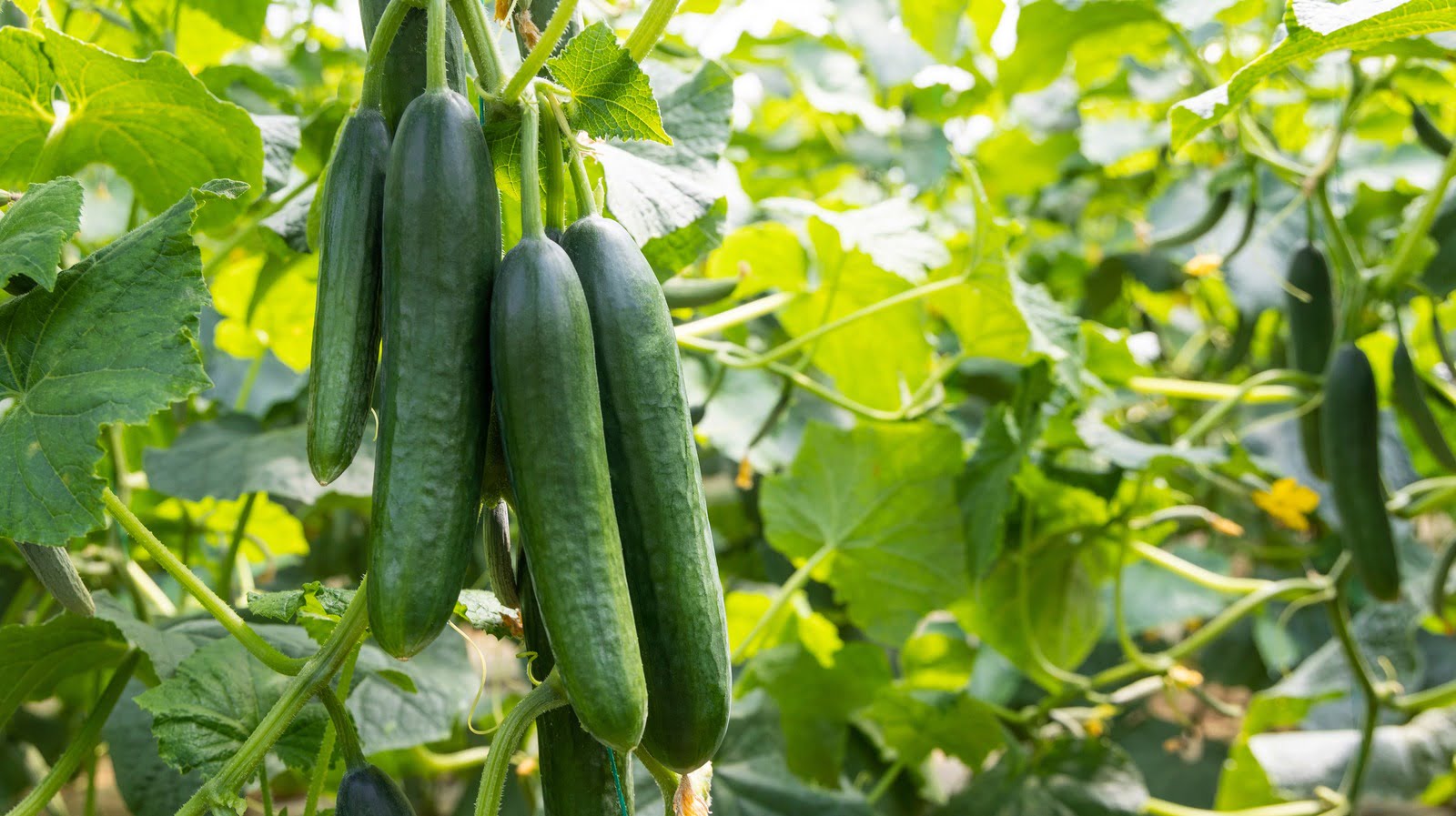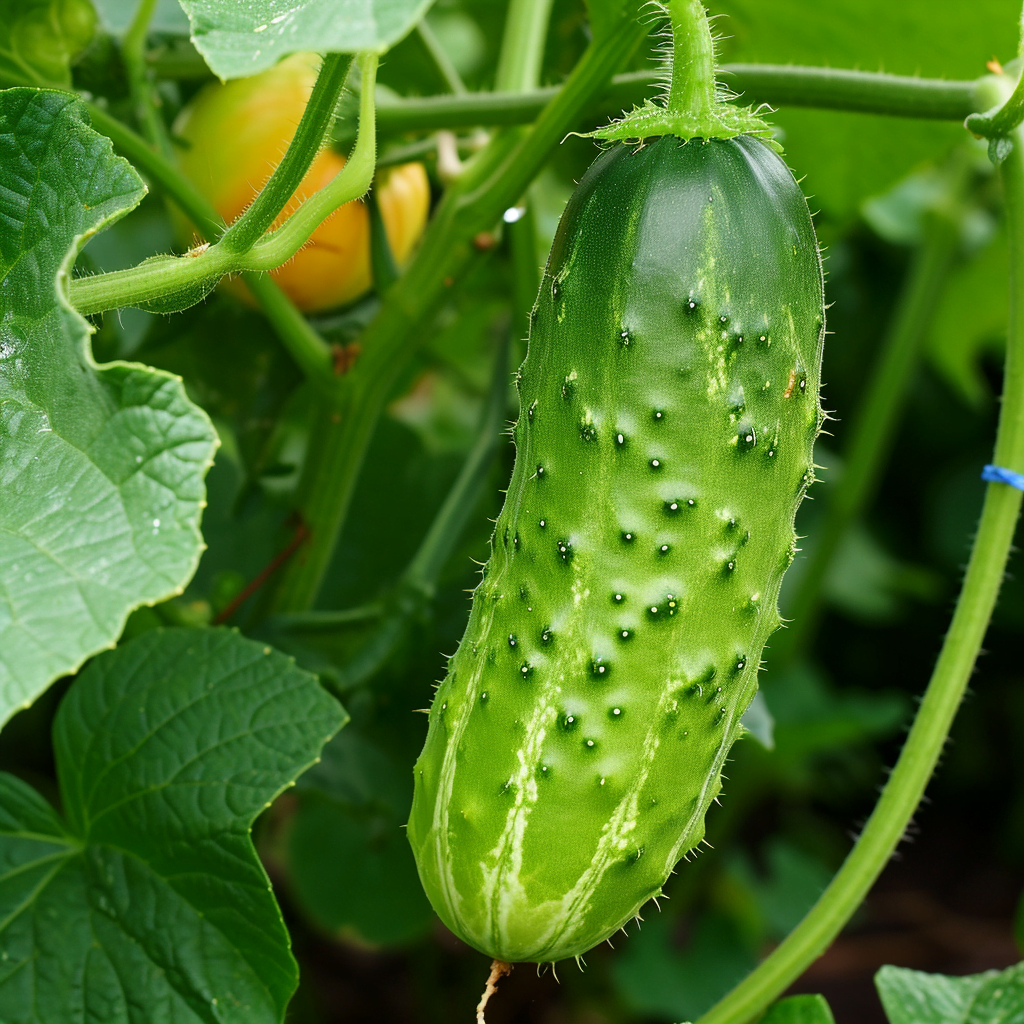So you’ve decided to try your hand at growing cucumbers in Minnesota, but you’re not exactly sure when to plant cucumbers in Minnesota. Well, fear not, because in this article, we’ve got you covered. Whether you’re a seasoned gardener or a complete novice, knowing the optimal planting time can make all the difference in your cucumber-growing success. By understanding the factors that affect cucumber growth and considering the unique climate of Minnesota, you’ll soon be on your way to enjoying fresh and crunchy cucumbers straight from your own backyard.
Factors to Consider
Climate and Temperature
When deciding the best time to plant cucumbers in Minnesota, it is essential to consider the climate and temperature of the region. Minnesota has a cool climate with short growing seasons, which means that cucumbers thrive best in warm temperatures. The average last frost date and the duration of the frost-free period are crucial factors to consider when determining the right time to plant.
Last Frost Date
The last frost date is an important piece of information for gardeners in Minnesota. It signifies the end of the coldest period in the spring and provides a guideline for planting frost-sensitive crops like cucumbers. The average last frost date in Minnesota varies depending on the specific region but generally falls in late April or early May. Planting cucumbers too early can result in damage or death of young seedlings due to frost.
Soil Readiness
Before planting cucumbers, it is crucial to assess the readiness of the soil. The soil should be sufficiently thawed, well-drained, and warm enough for optimal seed germination and plant growth. Conducting a simple soil test to check its pH level and nutrient composition can help ensure proper soil conditions for the cucumbers to thrive.
Cucumber Varieties
Choosing the right cucumber varieties is essential for successful cultivation, especially in a region like Minnesota with a shorter growing season. Opt for cucumber varieties that have a shorter maturity period or are more tolerant to cooler temperatures. Varieties like Burpless, pickling cucumbers, slicing cucumbers, and bush varieties are well-suited for Minnesota’s climate and offer various options for different culinary uses.
Planting Methods
Several planting methods can be employed when it comes to planting cucumbers in Minnesota. These methods include greenhouse start, indoor seed starting, direct seeding with protection, direct seeding in raised beds, and transplants from indoor start. Each planting method has its own advantages and considerations, which should be evaluated based on available resources, space, and gardening preferences.
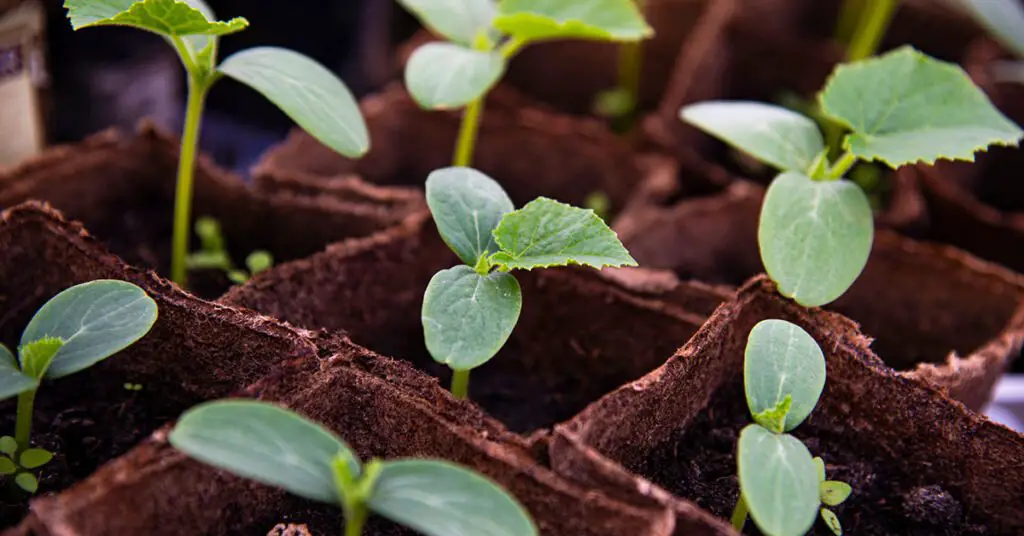
Best Months to Plant
April
April is a transitional month in Minnesota, with temperatures starting to warm up, but the risk of frost still looming. If you want to get a head start on your cucumber planting, consider using methods like greenhouse start or indoor seed starting to provide protection against potential frost. These methods allow you to grow your cucumber seedlings in a controlled environment until the danger of frost has passed.
May
May is generally the ideal month for planting cucumbers in Minnesota. By this time, the soil has warmed up sufficiently, and the danger of frost is significantly reduced. Direct seeding in raised beds or transplanting seedlings from indoor start are viable options for May planting. However, it is advisable to monitor weather forecasts and keep an eye out for late spring frosts that may still occur in some years.
June
June marks the beginning of summer in Minnesota, and it is still possible to plant cucumbers during this month. Direct seeding in the garden is a suitable method for June planting, as the risk of frost is minimal. Transplants from indoor start can also be utilized if you started your cucumber seedlings indoors earlier. As the temperatures rise, it is crucial to maintain adequate moisture levels and provide shade or protection to prevent sunscald on the cucumber plants.
July
While July is not the optimal time for planting cucumbers in Minnesota, it is still possible to have a successful harvest by planting a second crop. Direct seeding can be done in July, but it is recommended to choose fast-maturing varieties that can mature before the first fall frost. Optimal growing conditions, such as consistent watering, shading, and pest management, are crucial for the success of July plantings.

Preparing the Soil
Soil Testing
Before planting cucumbers, it is important to assess the quality and composition of the soil. Conducting a soil test provides valuable information about the pH level and nutrient content of the soil. Cucumbers prefer a slightly acidic soil with a pH range of 6.0 to 7.0. Based on the soil test results, necessary amendments can be made to optimize the soil conditions for cucumber growth.
Amending the Soil
Depending on the soil test results, various amendments may be required to improve the soil conditions for cucumber cultivation. Adding organic matter, such as compost or well-rotted manure, can enhance soil fertility, structure, and moisture retention. Incorporating balanced fertilizers or specific nutrients as recommended by the soil test results can help address any deficiencies and promote optimal cucumber growth.
Removing Weeds and Debris
Before planting cucumbers, it is important to prepare the soil by removing any existing weeds, grass, or debris. Weeds compete with the cucumbers for nutrients, water, and sunlight, which can hinder their growth and yield. Clearing the planting area from debris ensures a clean and healthy environment for the cucumber plants, reducing the chances of disease and pest infestations.
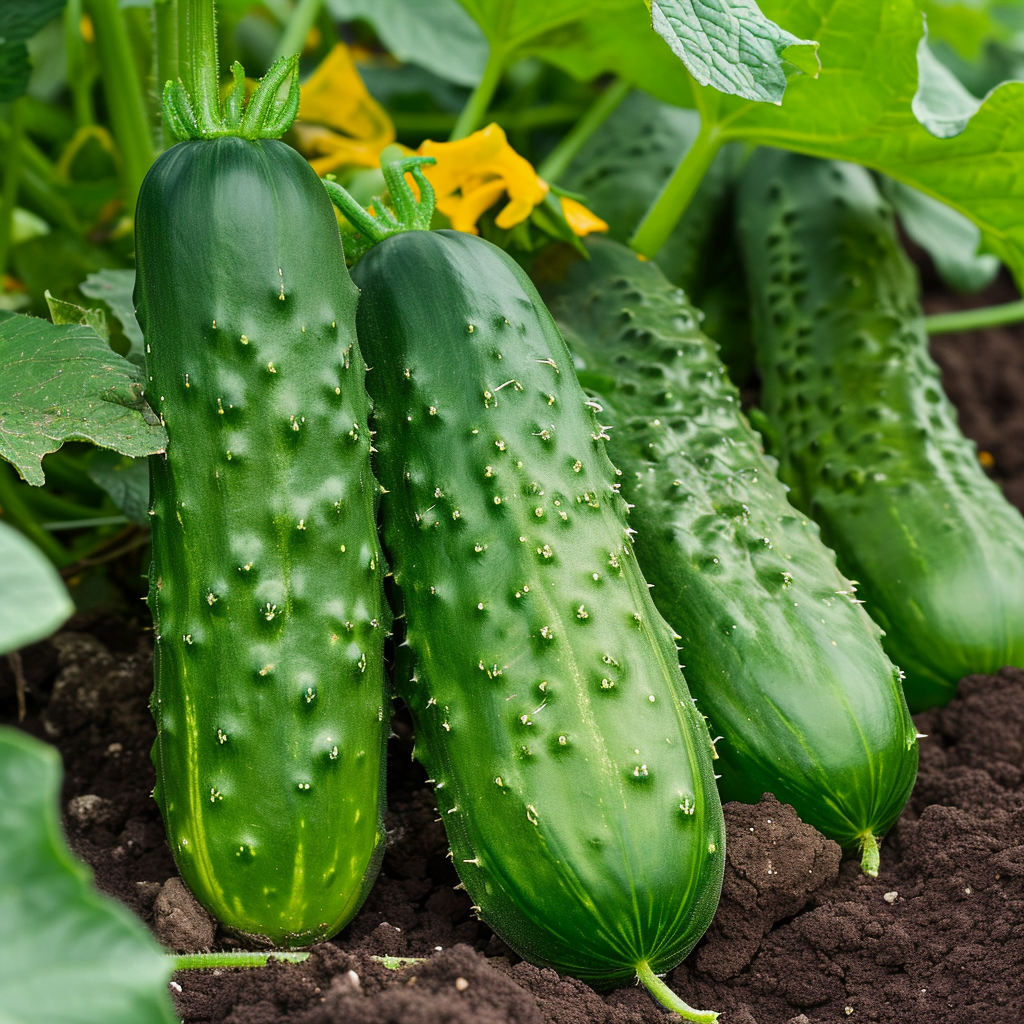
Cucumber Varieties for Minnesota
Burpless
Burpless cucumbers are a popular choice for Minnesota gardeners. These varieties typically have a thin skin, mild flavor, and minimal burp-causing compounds, making them more enjoyable to eat. They come in different sizes, from small snack-sized cucumbers to larger slicing cucumbers, providing versatility for various culinary uses.
Pickling Cucumbers
Pickling cucumbers, as their name suggests, are specifically grown for pickling purposes. These cucumbers are generally smaller, have a crisp texture, and are best suited for preserving. Minnesota gardeners can choose from various pickling cucumber varieties, including the classic Kirby cucumbers, to create their own homemade pickles.
Slicing Cucumbers
Slicing cucumbers are the go-to choice for fresh eating and salads. These cucumbers are typically larger, with a thicker skin and crisper texture compared to pickling cucumbers. Varieties like ‘Marketmore’ and ‘Suyo Long’ are well-suited for Minnesota’s climate and offer excellent slicing cucumbers for culinary enjoyment.
Bush Varieties
Bush varieties of cucumbers are an excellent option for gardeners with limited space or those growing cucumbers in containers. These compact cucumber plants have a bushy growth habit and do not require extensive trellising or support. Bush varieties like ‘Spacemaster’ and ‘Patio Snacker’ are well-suited for smaller gardens and patio containers.
Caring for Cucumber Plants
Watering
Proper watering is essential for healthy cucumber plants. Cucumbers require consistent moisture throughout their growing season, especially during hot and dry periods. Provide deep and thorough watering to ensure the roots receive adequate moisture. Avoid overwatering, as it can lead to root rot and other moisture-related issues. Mulching around the cucumber plants can help retain soil moisture and regulate soil temperature.
Mulching
Mulching is beneficial for cucumber plants in multiple ways. Applying a layer of organic mulch, such as straw or shredded leaves, helps retain soil moisture, suppress weed growth, and regulate soil temperature. Mulch also acts as a barrier, preventing direct contact between the cucumbers and the soil, reducing the chances of fruit rot or damage.
Fertilizing
Cucumbers are heavy feeders and require regular fertilization to ensure healthy growth and optimal yields. Incorporate a balanced fertilizer or apply compost or well-rotted manure before planting. Side-dressing with additional fertilizer during the growing season can provide a nutrient boost. It is important to follow the recommended application rates and timings to prevent overfertilization, which can negatively impact plant health.
Pest and Disease Control
Cucumber plants are susceptible to various pests and diseases, such as cucumber beetles, powdery mildew, and bacterial wilt. Implementing preventive measures like crop rotation, proper sanitation, and regular inspection can help control pests and reduce disease incidence. Consider using organic pest control methods, such as neem oil or insecticidal soaps, to minimize the use of synthetic chemicals.
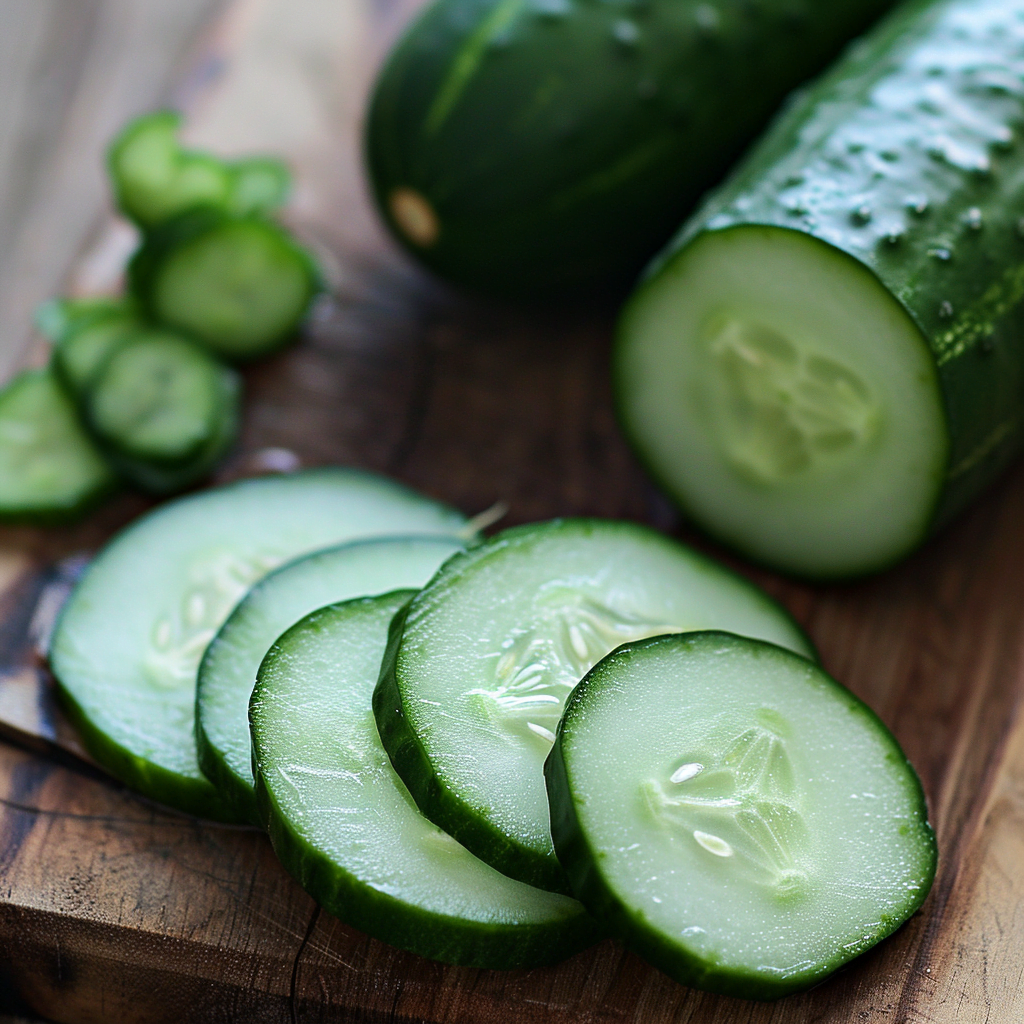
Harvesting and Storing Cucumbers
Determining Harvest Time
Knowing when to harvest cucumbers is crucial to ensure optimal flavor and texture. Cucumbers are typically ready for harvest when they reach their mature size, have a vibrant color, and are firm to the touch. Avoid leaving cucumbers on the vine for too long, as overripe cucumbers can become tough and bitter.
Harvesting Techniques
When harvesting cucumbers, use a sharp knife or pruning shears to cut the fruit from the vine, leaving a short stem attached. Be gentle to avoid damaging the plant or neighboring cucumbers. It is essential to harvest cucumbers regularly, as this promotes continuous production and prevents the plant from redirecting energy towards the development of overripe fruits.
Proper Storage
After harvesting cucumbers, it is important to store them properly to maintain their freshness and quality. Cucumbers are best stored at cool temperatures, preferably around 50°F (10°C). Wrap individual cucumbers in paper towels or place them in perforated plastic bags to prevent moisture loss. Avoid storing cucumbers near ethylene-producing fruits, as this can accelerate their ripening and spoilage.
In conclusion, planting cucumbers in Minnesota requires careful consideration of factors like climate, last frost date, soil readiness, cucumber varieties, and planting methods. By choosing the appropriate months, preparing the soil adequately, selecting suitable cucumber varieties, and providing proper care throughout the growing season, Minnesota gardeners can enjoy a bountiful harvest of fresh and delicious cucumbers.
